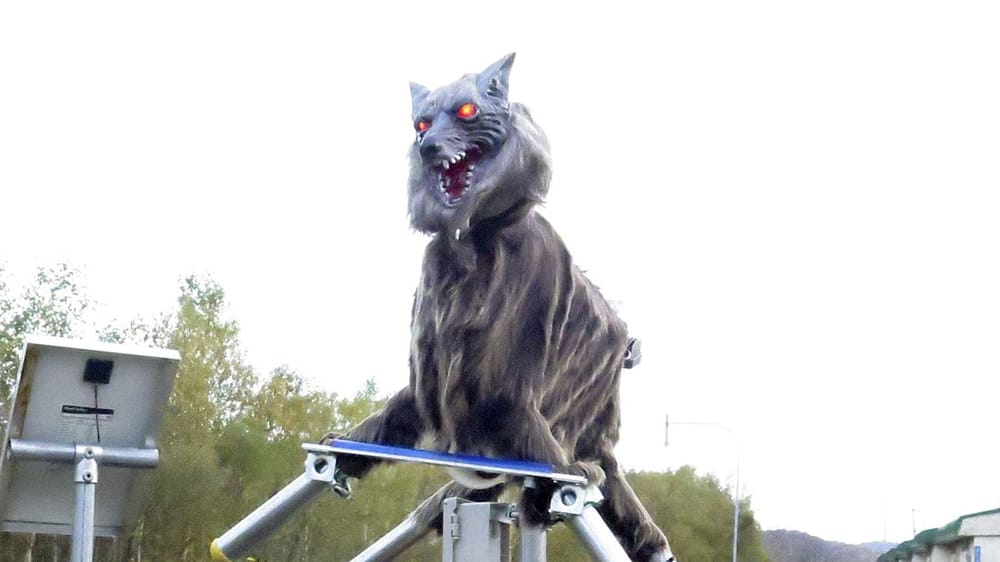Table of Contents
‘Progressive’, middle-class white women have a weird habit of fetishising wild animals that are in reality vicious, sexually-depraved predators: ‘male feminists’, late-onset male-to-female ‘transgenders’, ‘refugees’...
Even weirder, the same women who like to witter ‘refugees welcome’ have a fetish for dolphin-themed paraphernalia. Dolphins, New-Age types like to claim, “are messengers of the divine, bringing messages of love, joy and healing to those who seek them”.
The reality is a whole lot more brutal.
Dolphins in the wild are violent, predatory, pack rapists and murderers. Not unlike ‘refugees’, really.
“They also have a unique way of communicating with humans, often approaching boats and interacting with people.”
Such as, attacking them.
Coast guard officials in Fukui Prefecture are calling for increased vigilance over wild dolphins in the waters off the prefecture, as more cases of human injury have been reported this summer.
On Saturday, a 10-year-old who had gone for a swim at a beach in the city of Tsuruga was bitten by a dolphin, suffering a serious injury that required over 20 stitches to his middle and ring fingers, according to the Tsuruga Coast Guard Office.
A similar incident happened at another beach in the city on the same day, NHK reported.
The office issued warnings about possible attacks by wild dolphins as early as 2022, but there are still cases of people being injured by dolphins – five in 2023 and another five this year as of Tuesday, a coast guard official said, adding that none of the cases were life-threatening.
Give them time.
But dolphins are not the only wild animals giving the Japanese a hard time at the moment. On the nation’s second-largest island, Hokkaido in the north, a spate of bear attacks is causing alarm.
Hokkaido police are investigating the May 14 disappearance of 54-year-old Toshihiro Nishikawa, who was fishing by himself at the lake, located in the town of Horokanai. An eyewitness told police a bear was seen in the area with waders in its mouth and an as-yet unidentified human head was found in the area the following day.
The news led to a rush of local and national media reports about the dangers of bears, especially at this time of year.
The bears are thriving in Hokkaido, their population at least doubling in the last 30 years. At this time of year, they’ve recently emerged from hibernation and are grumpy and hungry. There are an estimated 12,000 or so wild bears on the island. That’s a lot of hungry bears.
Roughly the size of Austria or the U.S. state of Maine, Hokkaido has recorded 150 bear attacks since 1962, with 57 deaths and 112 injuries. Four people were injured in three bear attacks last year, and in 2021 four people were killed and 10 injured, making it one of the deadliest years on record.
Bears can also cause crop damage and are especially attracted to Hokkaido farms that grow grain or corn. In 2021, damage to corn crops caused by bears accounted for half of all Hokkaido’s bear-related agricultural damage.
To date, the government has relied on hunters to keep the bear population down. But an aging and shrinking population on Hokkaido, coupled with the extreme difficulty of getting a gun license in Japan has locals turning to other means to deter hungry bears.
Including giant, robotic monster wolves. Which is about the most Japanese solution to anything.
As bear sightings, and the danger, increased, officials in the city of Takikawa, population 40,000, turned to a mechanical solution.
In September and October, officials installed a “Monster Wolf” near a residential neighborhood and another in a field in a suburban area to keep the wild bears at bay.
The mechanical wolf, originally developed by the machinery maker Ohta Seiki, stands 2.6 feet tall and is four feet long, its maker said. But when planted high in a field, it appears more than a match for a wild bear.
With fake fur, bared fangs and flashing red eyes, the wolf turns its head from side to side and makes howling, screeching sounds when its motion detectors are triggered.

I don’t know about bears, but I’d be terrified out of my wits if I ran into that thing in a field on a dark night.
The screech can travel about a kilometer, and it comes in more than 60 varieties, including a dog’s bark, a hunter’s voice and gunshots.
That way, bears wouldn’t get used to the sound, according to Shuji Sasaki, director of Wolf Kamuy, the company in charge of the mechanical wolf’s sales and maintenance.
Takikawa’s gambit seems to have been a roaring success, Hiroki Kondo, a city official, said. No more sightings of rummaging bears have been reported since the robo-wolves showed up.
But to where will they turn when the robotic monster wolves inevitably turn on them?









